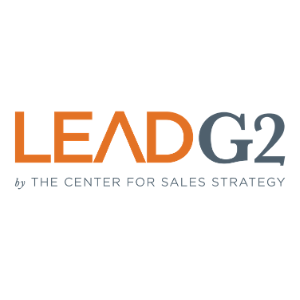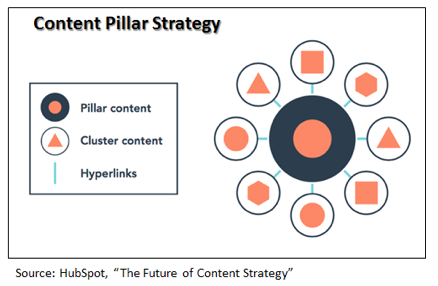Marketing and business development at professional services firms on the edge a transformation, not unlike the tidal wave of accounting and law firm marketing that began in the 1980s as professional services firms won the right to market their services.

There are myriad reasons for this impending transformation:
- Marketing budgets, slashed over the past several years, have not recovered and there is on-going demand from shareholders asking marketers to do more with less.
- Competition for new business is fierce and getting fiercer, putting more and more demand on firms to find new ways to complement the very successful, traditional 1:1 marketing skills of most partners.
- Many firms are reluctant to allow partners to spend more unbillable time on marketing and business development given billing pressures.
- New technologies are making it easier for your competitors to go after your clients.
- And for you to go after your competitors’ clients.
- New media is a rising tidal wave for B2B new business purposes.
- Younger partners and rising stars responsible for carrying the legacy of the firm into the future need to deal with impacts upon the top line that will happen when older partners start to retire and take their personal brand equity with them.
It ‘s not easy to convince many firm leaders that they need to address these issues without showing them the associated ROI. This is complicated even further by virtue of the fact that if you ask shareholders in professional services firms if they’re currently getting a return from the dollars they’re committing to marketing and business development, there’s a good chance that they’ll say, “I know we have to do marketing, but show me the ROI!”
If you ask marketers about ROI, it’s likely that they’ll make a strong case that they have, in fact, delivered ROI by virtue of the great branding work they’ve done, marketing campaigns they’ve developed, proposals they’ve written, collateral they’ve produced, and information about how much business the firm’s marketing efforts have delivered.
There is a great divide between these two ways of thinking, and neither of them in and by themselves are capable of dealing with the impending transformation. What is needed is a fresh approach to firm business development that combines traditional 1:1 marketing with a new marketing strategies and tactics built upon accountability and a laser-like focus on delivering ROI for marketing expenditures.
New rules about marketing and business development are at hand, and firms that adapt early are those that will grow, not unlike their predecessors who capitalized upon transformative changes that occurred over two decades ago.
Here’s a “baker’s dozen” of those new rules that can transform your firm’s marketing and business development, and take it to new heights:
- Start thinking about marketing as an investment, not just an expense
- Demand accountability from everyone
- Measure, measure, measure those KPIs
- Make hard choices to allocate your marketing and business development resources for maximum ROI; but consider that there’s three types of ROI you must accommodate: Return on Spend (ROS), Return on Influence (ROIN), and Return on Personal Brand (ROP)
- New business action happens at the niche level, so allocate your resources appropriately
- Focus on acquiring leads via lead generation campaigns that build the niche
- Traditional 1:1 marketing remains the most effective way to get new business, but competitive pressures require that you complement these traditional activities with new ways of generating leads
- Thought leadership, and its delivery and promotion, is the rocket fuel of lead generation
- Creativity and innovation, from campaign idea to copywriting to multi-faceted “behind the curtain” integrated promotional strategies and tactics are critical for lead generation success
- Get the right infrastructure in place to acquire, track, nurture and convert leads to engagements
- Fix your marketing database now!
- Maximize the use of partners’ unbillable time by involving them at the point where a lead is warmed and near “sales ready”
- Because the sales cycle for professional services is lengthy, be realistic, patient, persistent and systematically nurture your leads, as it’s highly likely that they won’t be sales ready after one “touch”
I’ll be writing and talking about these new rules in upcoming blogs, and your comments are welcome.
Free Whitepaper - More ROI: The Next Phase of Niche Marketing.png)







Leave a Comment